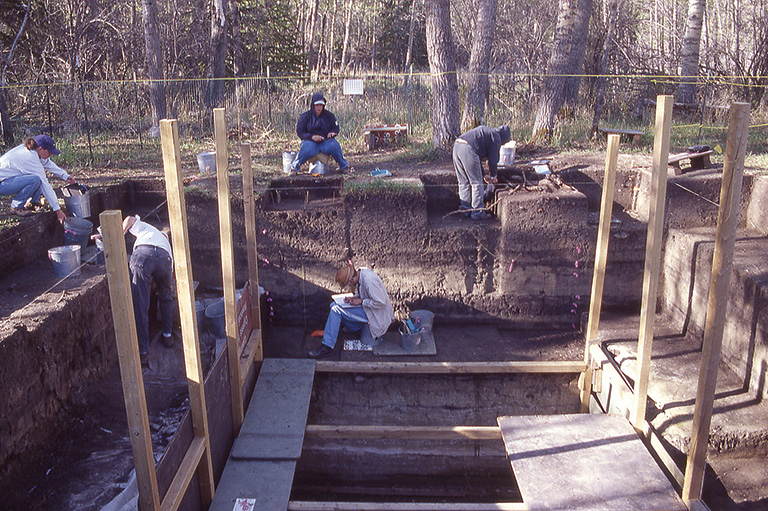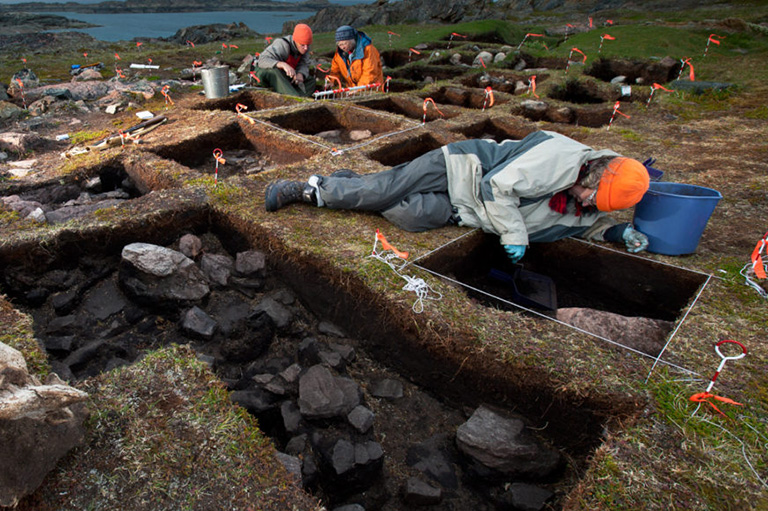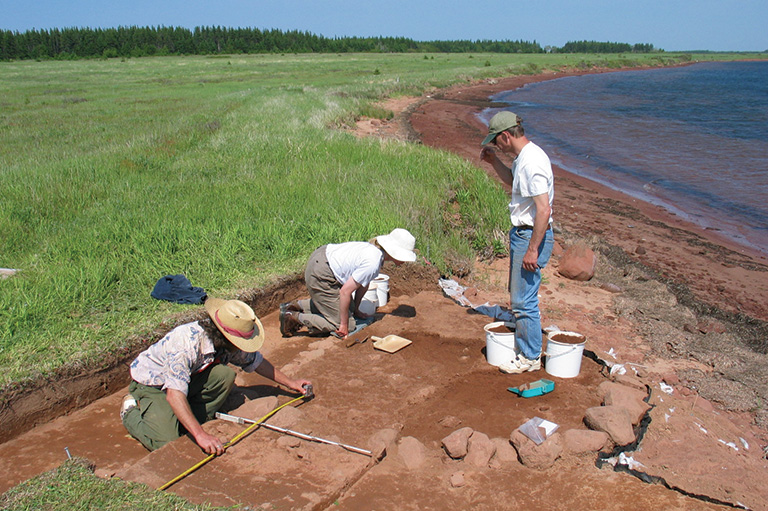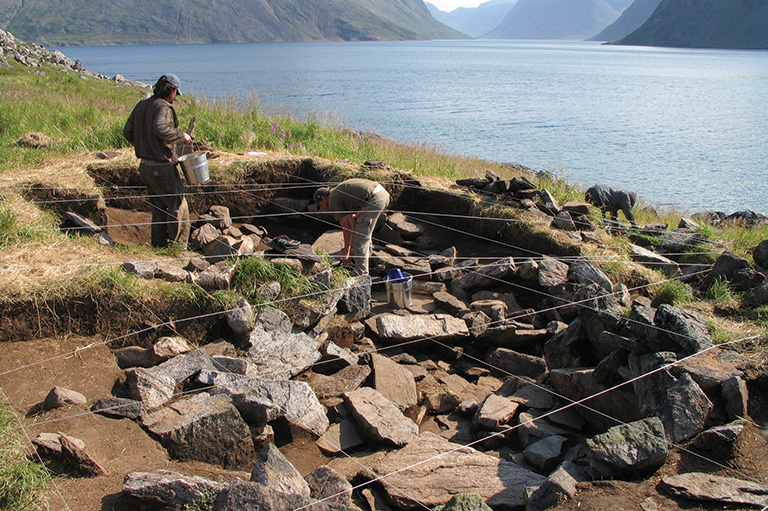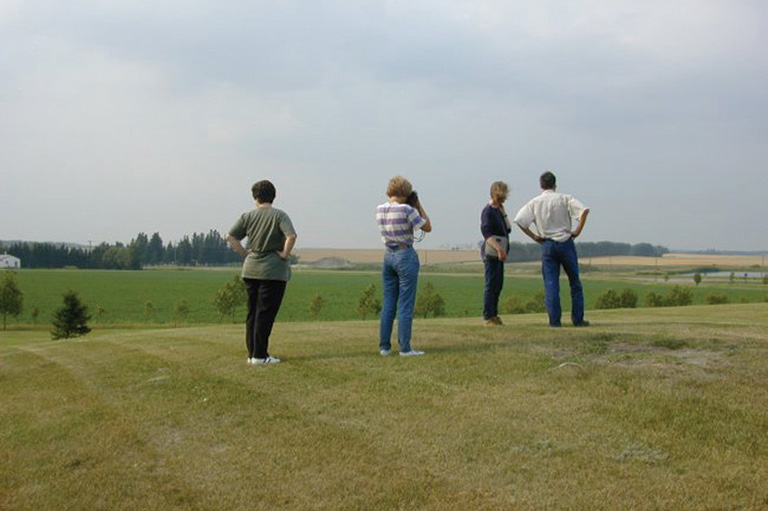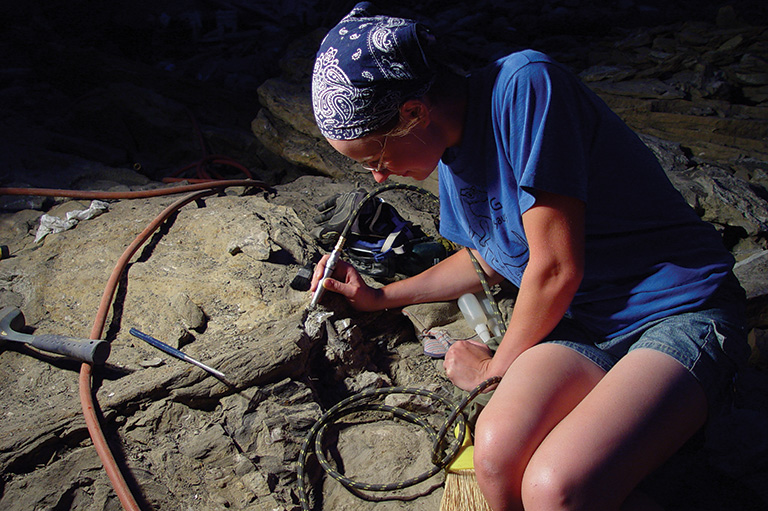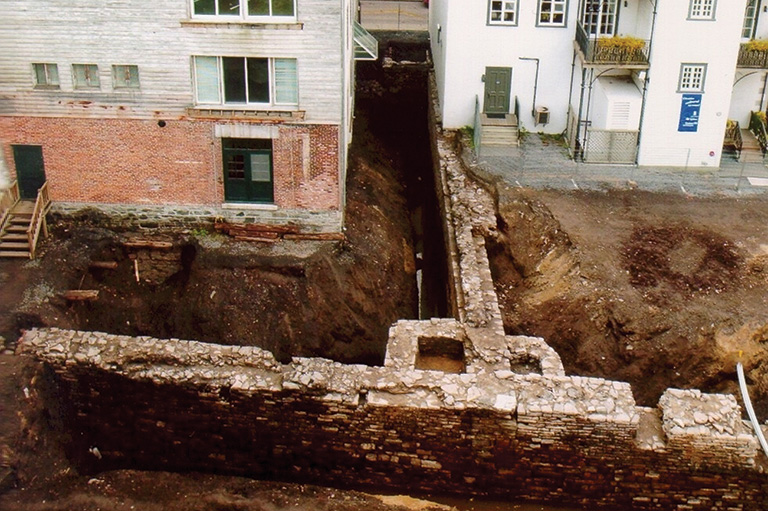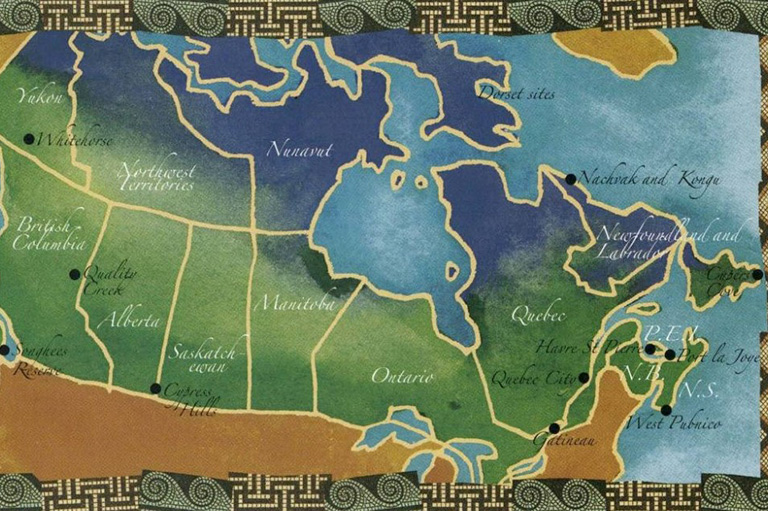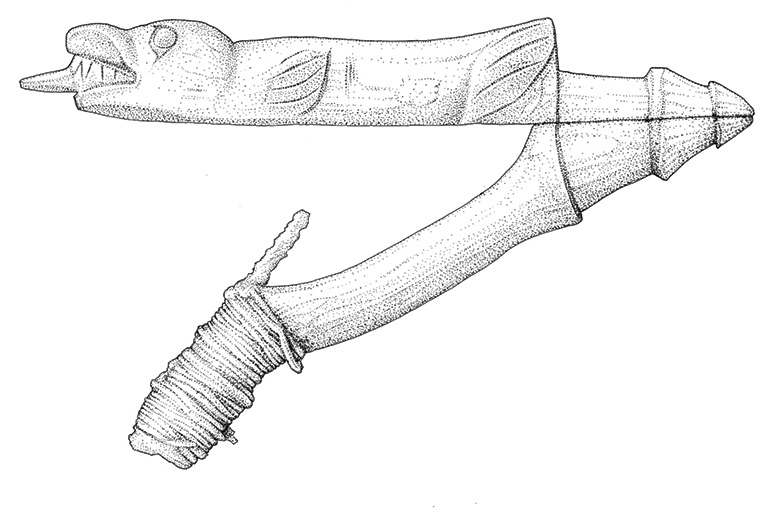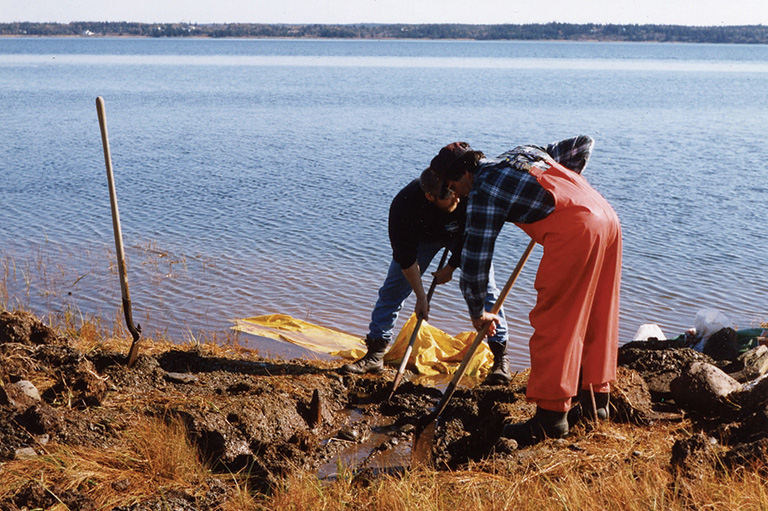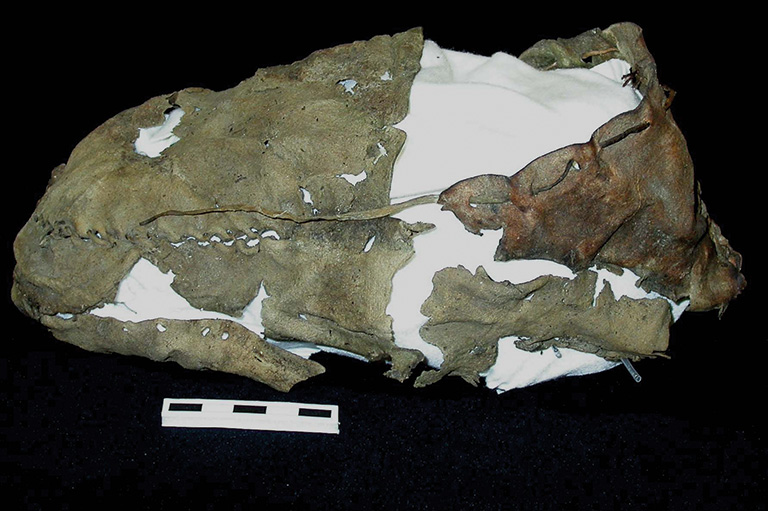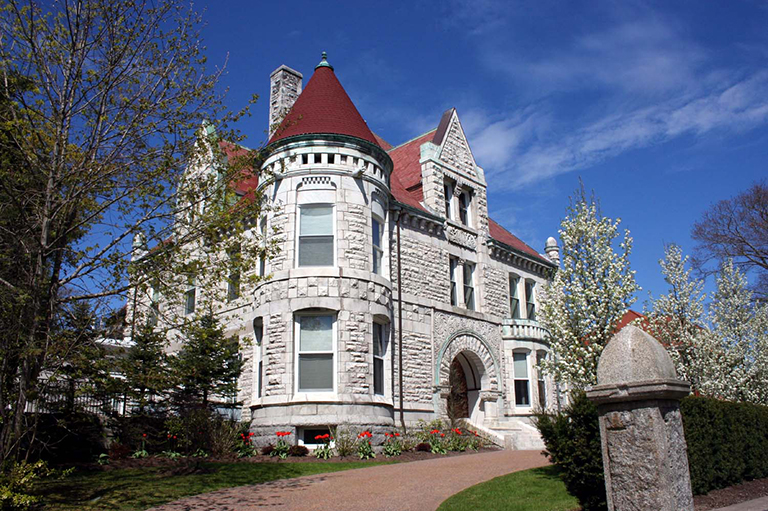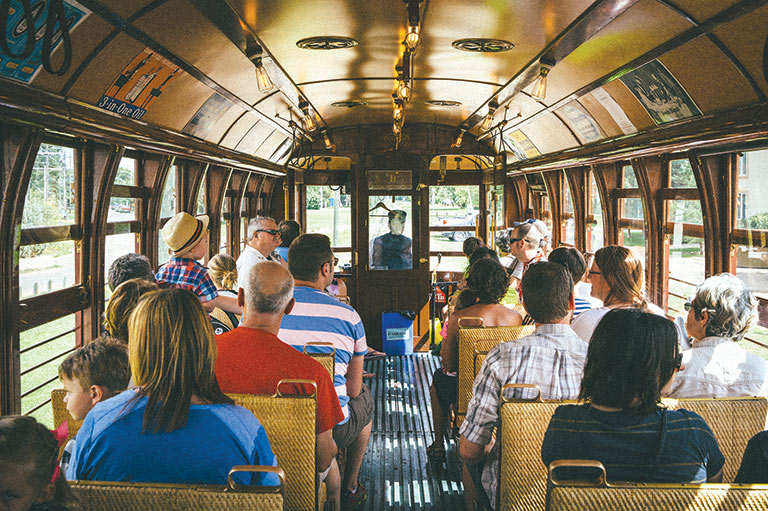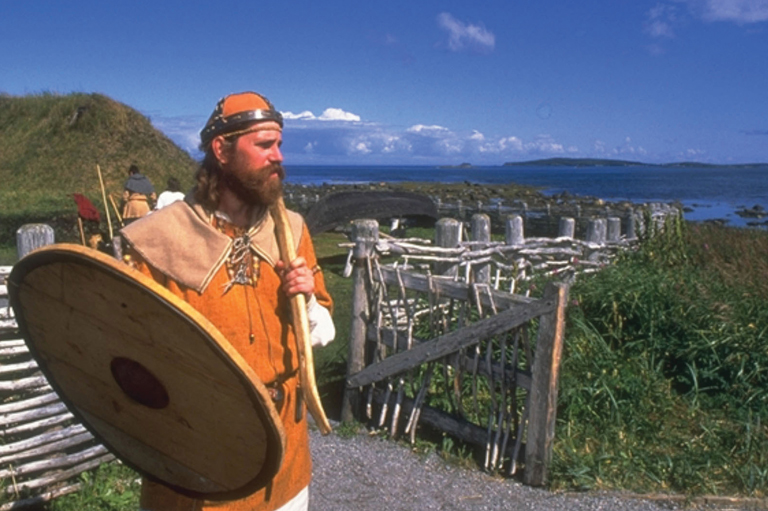Cupids, Newfoundland: Conception of a New Life
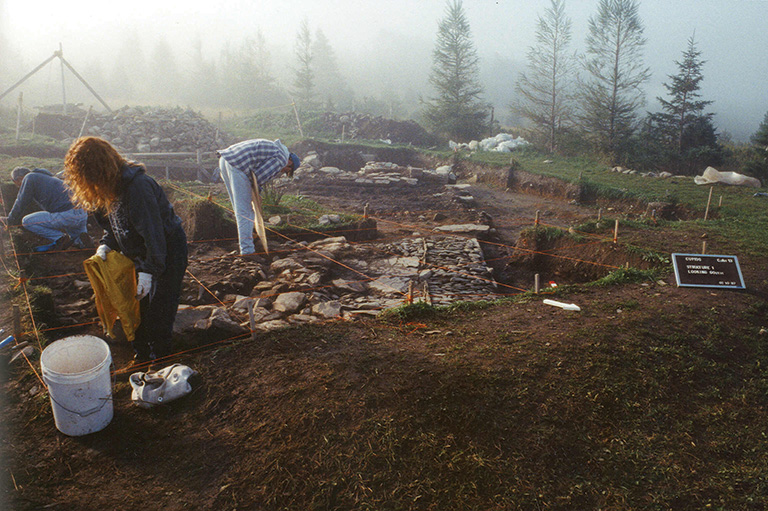
It was August 1610 when English colonists first arrived in Newfoundland under the leadership of John Guy, a Bristol merchant, and walked the beaches of Cupers Cove in Conception Bay in search of a suitable area for a plantation.
In an October letter sent to England to Sir Percival Willoughby, an investor in the company to settle Newfoundland, John Guy confirmed his choice:
This harbour is three leagues distance from Colliers bay to the Northeastward and preferred by me to begin our plantation before the said Colliers bay for the goodness of the harbour, the fruitfulness of the soil, the largeness of the trees and many other reasons ...
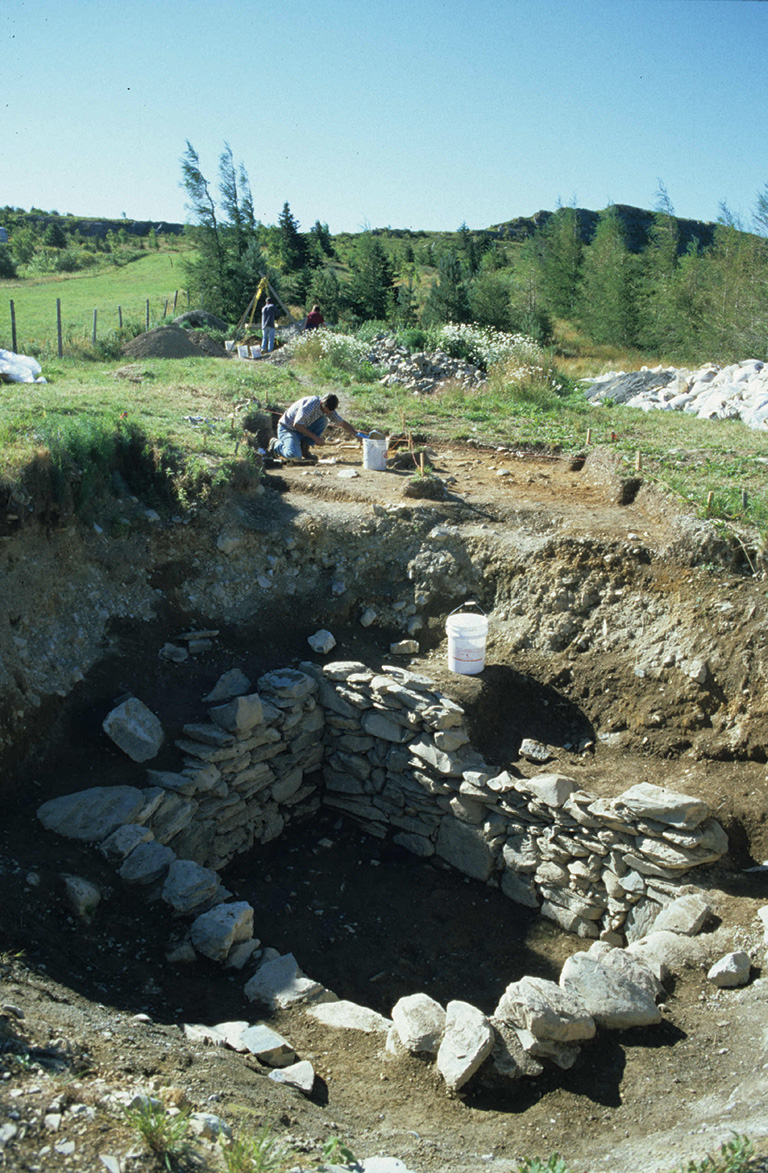
The cellar beneath the storehouse at the Cupids site was carefully excavated, revealing the depths of one of the oldest European buildings built on North American soil.
The plantation, near present-day Cupids, occupied throughout the 17th century, was Canada’s first official English settlement.
By May 1611 the colonists had cleared the land and constructed several dwelling houses, a work house, storehouse, forge and wooden defense works upon which three cannon were mounted.
The need to make money for English investors spurred the colonists to try to establish a fur trade with the native Beothuk, a venture that never succeeded.
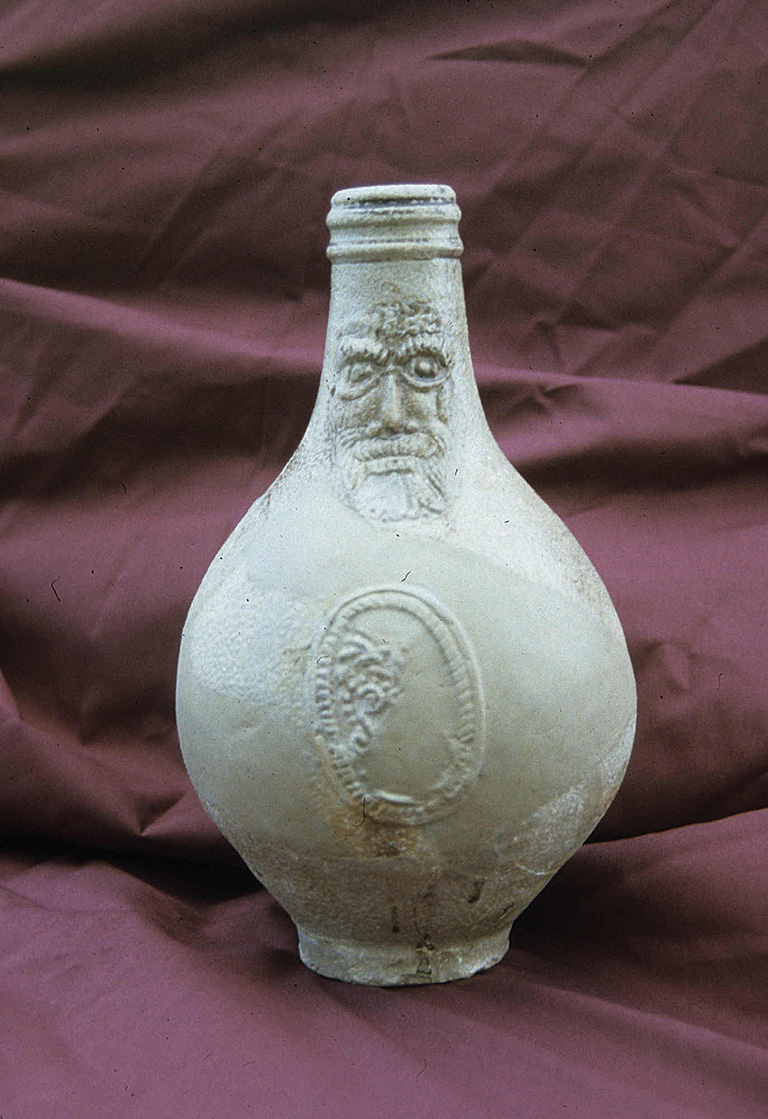
The winter of 1612 was challenging, with eight of 62 residents succumbing to scurvy. But on March 27, 1613, a child was born.
The significance likely escaped his father, Nicholas Guy, but the boy would go down in history as the first recorded English child born in what is now Canada.
In September 1612 a party led by Henry Crout hiked overland, cutting a trail as they headed to Trinity Bay, 29 kilometres west on the other side of the peninsula, searching for signs of Beothuk.
That search was unsuccessful, but when Crout and John Guy approached Trinity Bay by water the following month, they found what they were looking for. Guy wrote in his journal:
At twilight they came to the said place, where they found no savages, but three of their houses, whereof two had been lately used, in one of which the hearth was hot. The savages were gone to the said island, whither we could not go for want of a boat. We found there a copper kettle kept very bright, a fur gown, some seal skins, an old sail and a fishing reel.
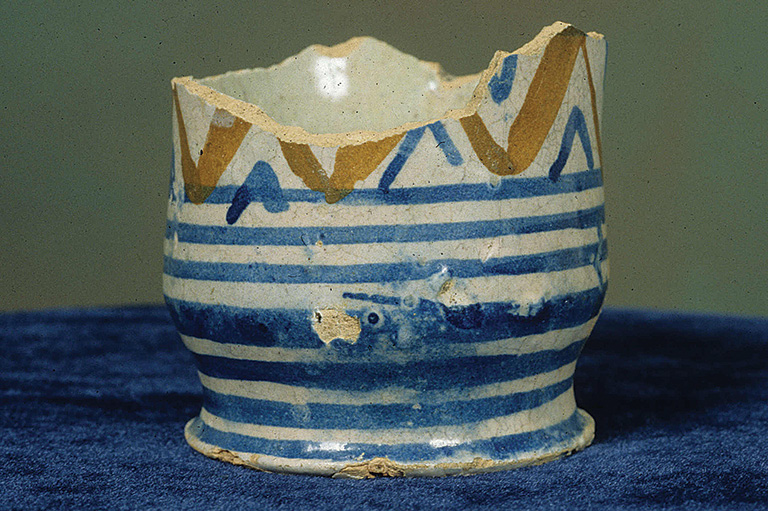
The artifacts indicated they were not the first Europeans to trade with the Beothuk. The following month they were able to make personal contact, sharing a meal and trading goods such as knives, clothing and linen.
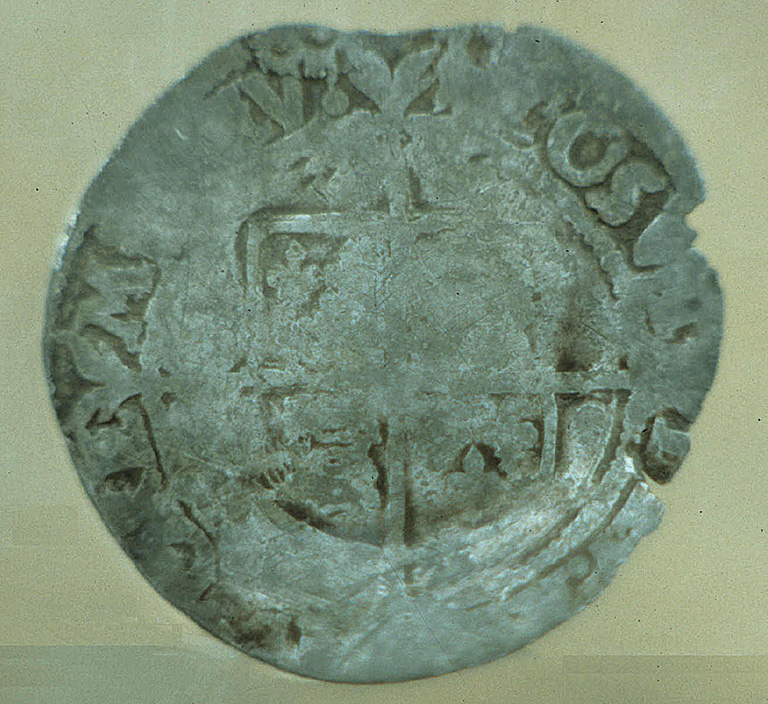
(Faced with increasing European settlement, the proud but shy Beothuk, known as the “Red Indians” for their practice of painting themselves with red ochre, retreated to the interior, rarely seen.
They were decimated by disease, starvation and hunting by Europeans. In 1829 the last known remaining Beothuk, Shawnadithit, died of tuberculosis following six years living in St. John’s.)
Some of the settlers who landed at Cupers Cove in 1610 gradually established other settlements on Conception and Trinity Bays.
By 1631 Nicholas Guy had moved his family further up Conception Bay to Carbonear, establishing them as a prominent planter family. Guy wrote to Willoughby in September of that year:
This year I have made by my industry one hundred pounds clear in my purse ... for flesh I have enough and sufficient butter and cheese which part I sell and part I spare to my neighbours.
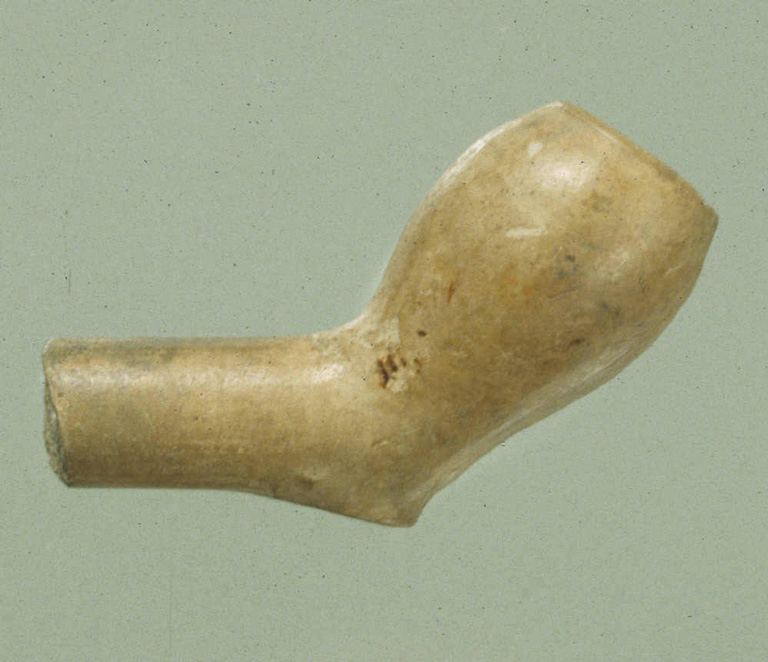
Nearly 385 years later, guided by the original letters and journals of Guy and his fellow settlers, a team led by William Gilbert, chief archaeologist with the Baccalieu Trail Heritage Corporation, located the site of the original plantation.
Among the buildings excavated at the site are the dwelling house and storehouse finished by John Guy’s party in December 1610, two of the oldest European buildings in North America.
Among more than 100,000 artifacts recovered since 1995 are 17th-century clay pipes, an Elizabethan silver four-pence coin minted at the Tower of London between December 1560 and October 1561, a tin-glazed 17th-century apothecary jar, a variety of European ceramics, including a fragment of a Belgian jug dating back to the late 16th century, and hundreds of glass beads intended for trade with the Beothuk.
Archaeological evidence shows that some time between 1680 and 1710 the plantation seems to have met a violent end, possibly destroyed during Pierre Le Moyne d’Iberville’s raids on the English shore in the winter of 1696, on behalf of New France.
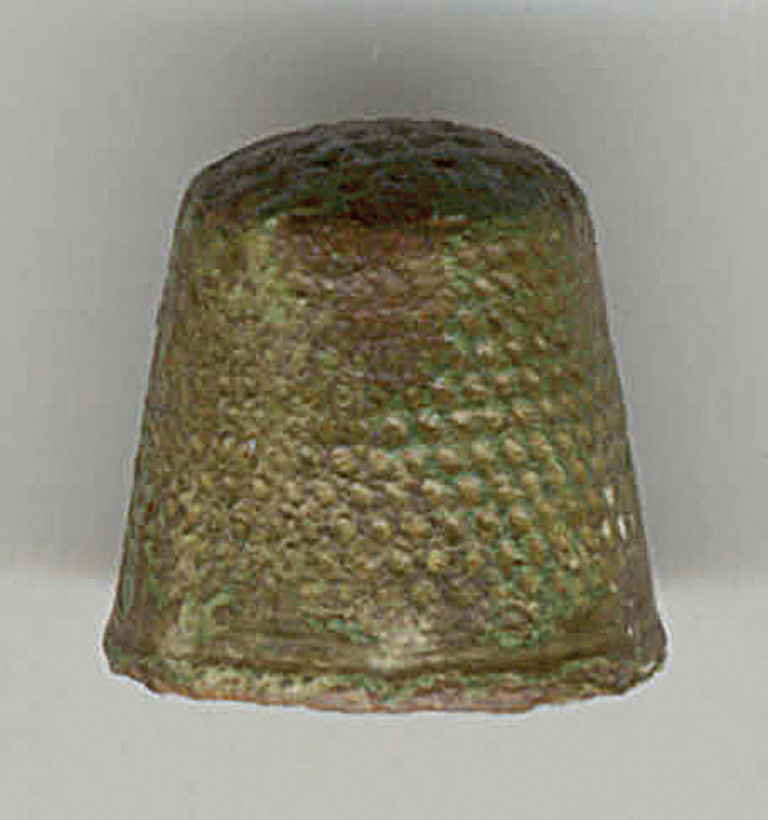
Archaeological excavations continue to unfold the early history of Cupers Cove and other settlements in Conception and Trinity Bays, known collectively as the Baccalieu Trail, 240 kilometres of coastline on the Avalon Peninsula.
Restoration of the overland route taken by Henry Crout from Conception Bay to Trinity Bay in search of Beothuk camps is preserving Crout’s Way as a heritage trail — one of the oldest European trails in North America.
Evidence of more than 4,000 years of aboriginal activity, including that of Beothuk, Dorset and Maritime Archaic occupations, has been revealed during 12 years of excavations at Russell’s Point, Dildo Island and Anderson’s Cove.
In collaboration with the Cupers Cove Heritage Foundation and the Cupids Historical Society, Gilbert and his colleagues are anticipating that a significant portion of the plantation and related aboriginal sites will be exposed, stabilized and interpreted in time for the 400th anniversary of the founding of Cupids in 2010, an event likely to include a visit from British royalty and a re-enactment of John Guy’s voyage into Trinity Bay.
For more information visit BaccalieuDigs.ca.
We hope you’ll help us continue to share fascinating stories about Canada’s past by making a donation to Canada’s History Society today.
We highlight our nation’s diverse past by telling stories that illuminate the people, places, and events that unite us as Canadians, and by making those stories accessible to everyone through our free online content.
We are a registered charity that depends on contributions from readers like you to share inspiring and informative stories with students and citizens of all ages — award-winning stories written by Canada’s top historians, authors, journalists, and history enthusiasts.
Any amount helps, or better yet, start a monthly donation today. Your support makes all the difference. Thank you!
Themes associated with this article
Advertisement

